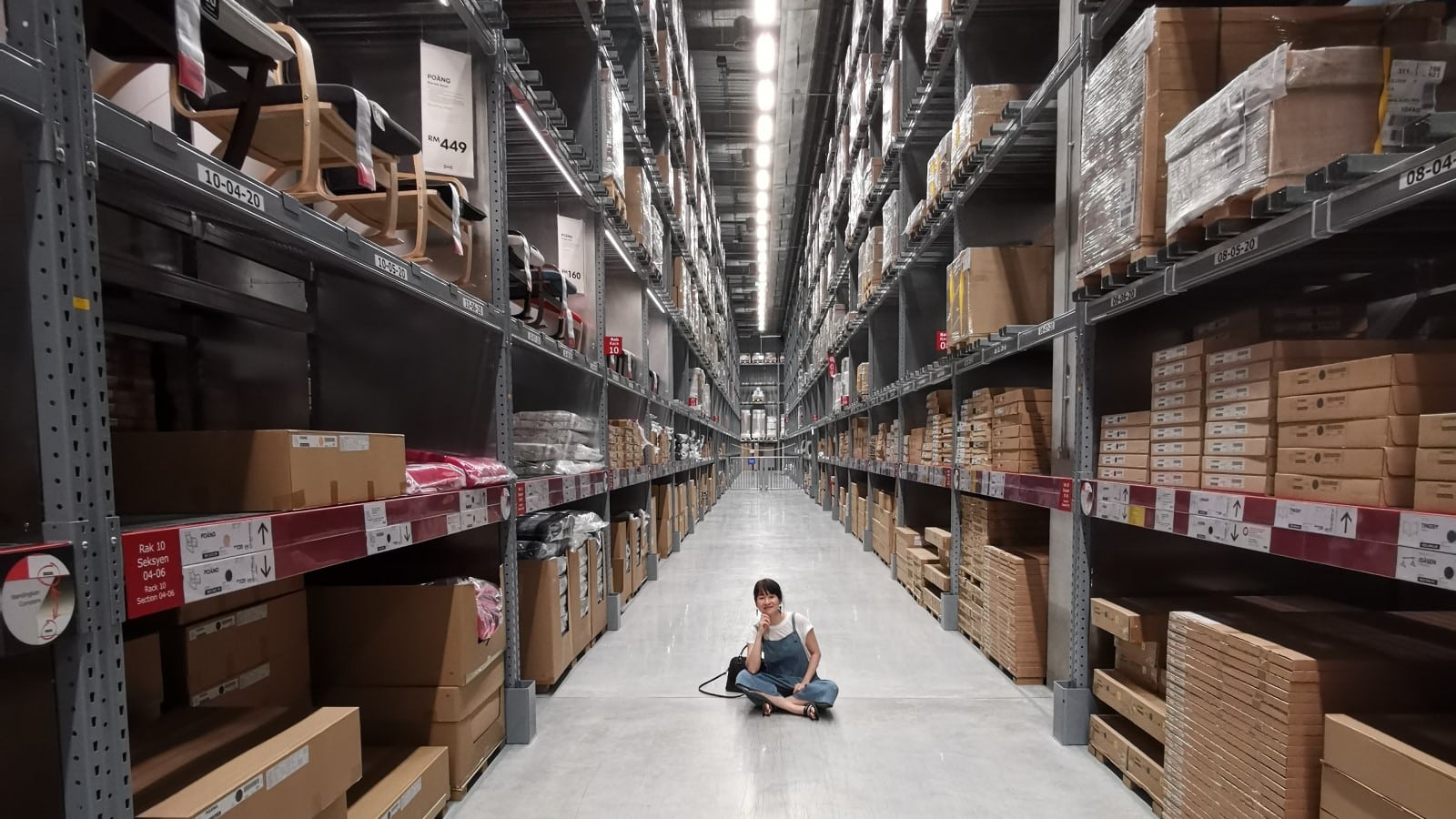Are you a seller or a vendor? The distinction between Amazon sales models is critical to how your business operates, with distinct advantages and disadvantages depending on your business structure.
Let’s look at how Amazon’s seller and vendor programs work, and the opportunities and fees associated with each.
How Do You Get started?
Sellers can sign up for an account at any time. There is a free account for individuals — think digital garage sale — and a paid account for businesses.
To become a vendor, on the other hand, Amazon has to reach out to invite you into the program.
Who Sells the Product?
The biggest difference between the two programs is how each sells on Amazon. Sellers create their own listings for their products, price them as they see fit, and take care of their own marketing. When shoppers view a product, they see the listing created by the seller that currently owns the buy box.
Conversely, vendors sell their products to Amazon at an agreed-upon wholesale value. Amazon then owns that inventory, and makes the profit when shoppers purchase.
Vendors do not control how much Amazon sells their product for. They can enter a manufacturer suggested retail price, but Amazon does not respect the minimum advertised price policies that so many manufacturers and wholesalers have held sacred in the past.
When they land on the product listing, Amazon shoppers see that the product is sold by Amazon.
What Does Order Fulfillment Look Like?
Sellers have many options when it comes to order fulfillment. The most popular options include:
- Fulfilled by Merchant (FBM): The seller picks, packs, and ships each order from its own fulfillment center.
- Fulfilled by Amazon (FBA): The seller ships inventory to Amazon’s warehouses. Amazon stores the inventory — for a fee — and picks, packs, and ships each order — for another fee. These orders are designated as Prime.
- Seller Fulfilled Prime (SFP): Sellers that qualify based on a high level of shipping and customer service, can use SFP, where they pick, pack, and ship their orders themselves but still earn the Prime badge.
Vendors’ options for fulfillment are more limited. Amazon issues purchase orders and vendors ship the requested quantity to the designated Amazon distribution center. This model could be tricky for Vendors that have limited inventory or frequent stocking issues as Amazon grades vendors based on their purchase order fulfillment rates.
What Marketing Options Are Available?
Both sellers and vendors have access to Amazon’s advertising network. Brand registered sellers get the most out of their advertising by being able to run all three campaign types: Sponsored Product, Sponsored Brand, and Sponsored Display. They can also build brand stores and A+ content pages. Their Sponsored Product ad will only run while the seller owns the buy box.
Vendors have access to the same options, but their Sponsored Product ads will run all the time regardless of who has the buy box, as long as the product meets Amazon’s financial thresholds.
In addition to advertising, sellers and vendors have access to programs to gain product reviews from Amazon customers. Each program looks different depending on the Amazon relationship.
Sellers have the Early Reviewer Program, which can generate up to five reviews from current buyers — for a fee — if the product has less than five reviews.
For vendors, the Vine Program sends free products to up to 30 Amazon shoppers to review. Vendors pay a fee for this program, as well as the cost of supplying the free product.
What Do the Fees Look Like for Each?
Nothing on Amazon is free. Its entrenched pay-to-play environment is obvious in its base program fee structure. A professional selling account costs $39.99 a month, which enables access to Seller Central. On top of that, Amazon takes a referral fee of 10% on average for every order placed. Sellers also have to add in the cost of their shipping method if they choose to use FBA, and also their advertising costs.
Vendors, on the other hand, have a co-op agreement that includes market development fees, freight allowances, and damage allowances, to name a few. Vendors also incur chargeback fees for things like late shipments or unfulfilled purchase order quantities. There are also many other metrics-based chargebacks that could result in unexpected fees. Just like sellers, vendors then also have their Amazon marketing costs.
So Is One Better than the Other?
The best way to work with Amazon is the one that best fits your business goals.
If your business needs tight control over pricing, being a seller might be the best option for you. If you don’t have the logistics in place to do small one-off orders in volume, then a vendor relationship might make more sense. However you work with Amazon, do your due diligence to understand the relationship and the high expectations that come with being an Amazon seller or vendor.



